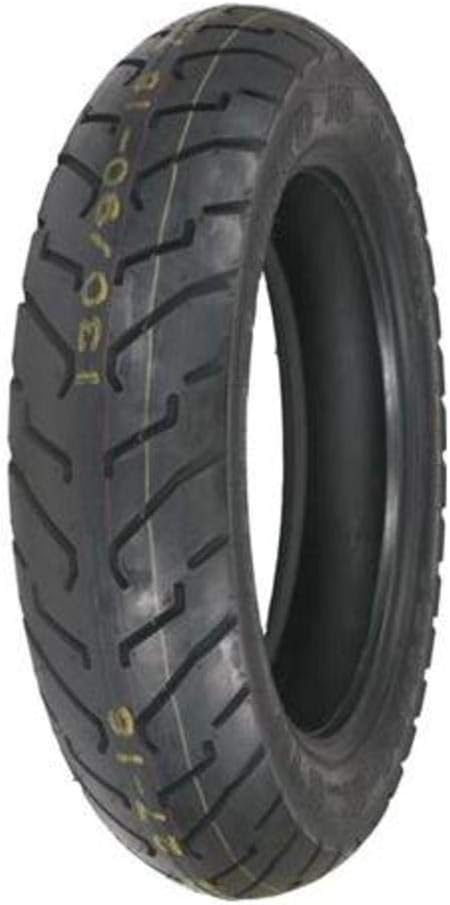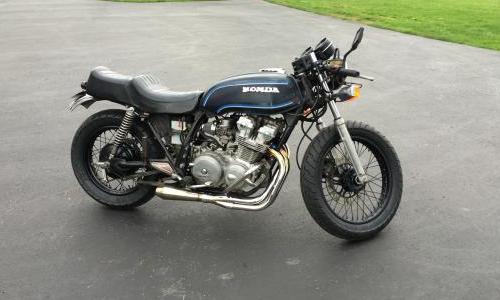An Overview of Shinko 712 Tires
Hello everyone! I wanted to share my experience with the Shinko 712 tires. Recognizably, these tires fall on the more affordable side of the spectrum. Typically priced between 50 and 60 dollars per tire, they present themselves as a budget-friendly option for many riders. The set I’m discussing today were manufactured in 2019, and I promptly installed them the same year.
Fast forward to a year later, I decided to remove them after clocking 4,000 miles.
Understanding the Sizes
The front tire I opted for was a 190/19, which is the standard size for an R90 from the mentioned production year. Originally, the standard would have been 3.25 by 19. Now, there’s a thing about the sizes; only a handful of tires are available in these standard measurements. Many riders, due to the limited choices, transition to metric sizes. However, it’s crucial to note that a 190/19 tire doesn’t directly equate to the dimensions of a 3.25 by 19.
Potential Issues with Shinko 712 Tires
When changing sizes, especially in tires, there’s always the possibility of encountering a few issues. In my case, there was a noticeable rubbing problem. A cursory inspection of my front tire revealed a faint line, indicating that it had been rubbing against the fork brace. Fortunately, the fork brace is somewhat adjustable. With minor adjustments to its height, I managed to rectify the issue, and everything ran smoothly thereafter. As for the rear tire, I chose a 110/90 18. The standard measurement for a 1974 R90 is typically 4.00 by 18. Much like the front, this isn’t a direct replacement in size. The tire I had was slightly broader than the standard version. My primary motivation at that time was affordability, given that I was keen on getting my bike moving for some preliminary shake-down runs. However, after a year of usage, the tire’s tread has almost worn out, making it resemble a slick tire.
Shinko 712 Tires: An In-Depth Review
Observing the front tire, one can immediately notice the aggressive depth of the sides. When compared to the rear tire, the distinction is clear: the rear is now worn to the extent that sections have completely disappeared. Although achieving only four thousand miles might seem lackluster in terms of longevity for a motorcycle tire, it isn’t entirely surprising.
I surmise that the rubber compound used for these tires is on the softer side, ensuring excellent grip. However, this advantage does reduce the tire’s overall lifespan. While the front tire is still in respectable condition and could be used further, the rear clearly requires a replacement. An intriguing detail is the sawtooth pattern of the tread blocks, which wear unevenly over time. This is possibly due to my riding style, but it’s an important characteristic to note. The tires’ design is undeniably modern, as evidenced by their tread and overall appearance.
Tread Pattern of Shinko 712 Tires
The Shinko 712’s tread pattern stands out, especially with its deeply designed sides, likely purposed for water displacement. The wear indicators on the front tire indicate that there’s still some life left in it. However, I’ve chosen to replace them primarily due to the aforementioned rough pattern. I’m curious to gauge the performance difference when using a tire that matches the recommended standard size.
Now, delving deeper into the Shinko 712, it’s important to shed light on its origins. Shinko is the motorcycle tire division of the renowned brand, Yokohama. Once Yokohama ceased the production of motorcycle tires, the entire production line was sold, birthing the Shinko brand. These tires, now manufactured in Korea (among other locations), stand apart from the generic, low-quality Chinese alternatives. Originally known as Yokohama motorcycle tires, their quality in terms of grip is commendable.
Throughout my experience, I’ve faced no significant issues. Residing in the mountains, these tires have been tested on countless mountain roads, and they’ve consistently delivered in terms of grip and overall confidence while riding. However, as pointed out earlier, the rear tire’s longevity is a point of contention. But given the tire’s price point, around 50 or 55 dollars, the wear doesn’t seem overtly disappointing.
Mounting and Balancing the Shinko 712 Tires
It’s noteworthy to mention that I’ve been using these tires with tubes, given the spoke wheels on my motorcycle. I’ve refrained from experiments or deviations, staying true to the original setup of my 1974 motorcycle. For balancing, I’ve employed spoke weights, reminiscent of the method used in yesteryears. Having a personal balancing stand has enabled me to mount and balance these tires myself. The Shinko 712 boasts a three-ply tread and two-ply sidewall, making them relatively soft. Consequently, mounting them was straightforward. However, the front tire demanded a significant weight addition to achieve balance.
Shinko 712 Motorcycle Tires: A Detailed Review
From the very moment I unboxed it, the rear tire of the Shinko 712 series impressed me.
In fact, with a singular weight positioned directly opposite the valve stems, it performed seamlessly. A closer inspection reveals a rapidly wearing section, suggesting that this tire might not last as long as I’d prefer. While the Shinko 712 is undeniably valuable for its price point, it falls short in terms of longevity. For those in pursuit of a tire that can endure upwards of 12,000 miles, renowned brands like Conti, Metzler, Avon, and Michelin might be better suited. Interestingly, brands such as Contigo offer standard sizes, namely 3.25 by 19 and 4.00 by 18, or even 4 inches by 18.
Moving on from the Shinko 712, I ventured to explore another tire. While I won’t delve deep into its performance just yet, as a teaser, the tires in question are the 3.25 by 19 front and 4 by 18 rear models. This time, I’ve opted for the IRC GS11. Admittedly, my knowledge about this Japanese brand is limited, but their longstanding presence in the market speaks volumes. A closer inspection of the tire reveals its origin – ‘Made in Japan’. Intriguingly, these tires seem to mimic the tread patterns prevalent in the 70s and 80s. While this vintage design appeals to many, some critics argue that they tend to follow road imperfections a tad too closely.
Price Point: How Do Shinko 712 Tires Compare?
The Shinko 712 tires typically retail between 60 to 80 dollars, depending on the seller. While I am keen to gauge their performance firsthand, I can’t help but notice their slightly slimmer profile compared to the metric size tires I’ve previously used. This slender design suggests that the bike might respond more nimbly, allowing for quicker turns. It’s crucial to note that while my previous metric tires didn’t hinder my riding experience, the Shinko 712’s streamlined profile, aligning with the bike’s standard size, might offer a slightly more agile performance. A notable point of comparison is the resemblance of the IRC GS11 to other brands, specifically the Metzler C Block and the Dunlop K70s.
Conclusion: Summing Up the Shinko 712 Experience
In the vast landscape of motorcycle tires, the Shinko SR 712 stands out as an affordable choice, especially during the restoration phase. While they don’t boast a prolonged lifespan, their cost-effectiveness makes them a viable option for many. Weighing the pros and cons, it’s fair to say that the Shinko 712 tires deserve a conditional recommendation. They might not be the long-lasting solution avid riders seek, but for those on a budget or in the midst of a restoration project, they certainly hold their ground.






